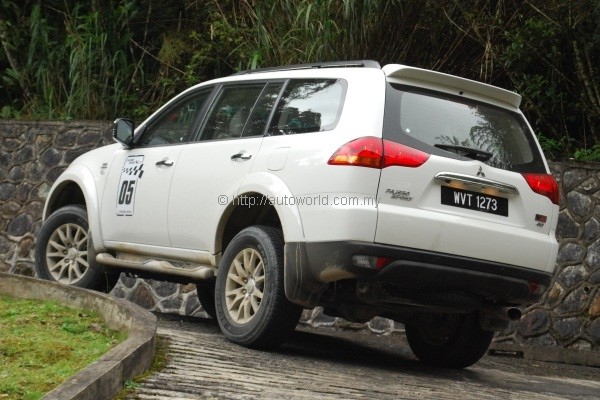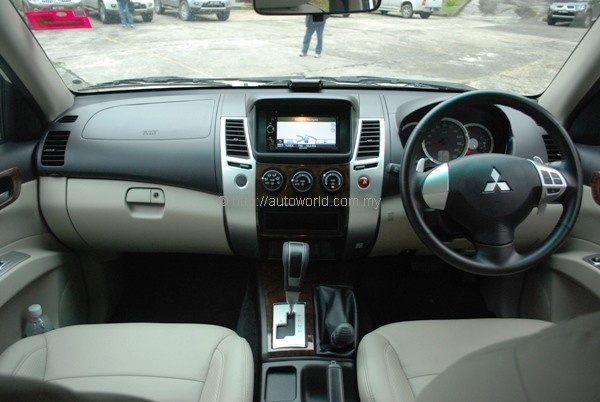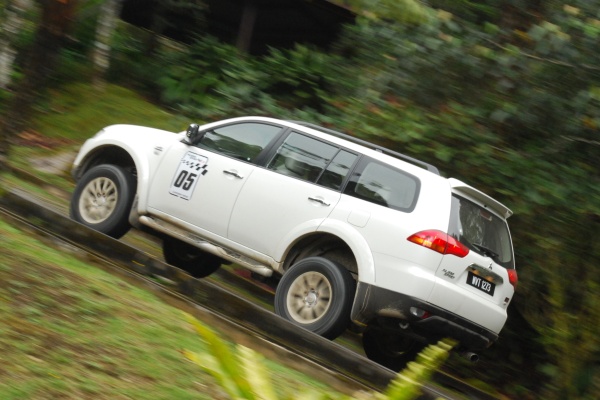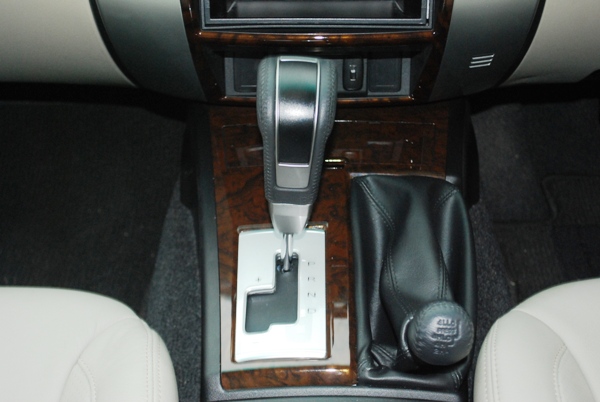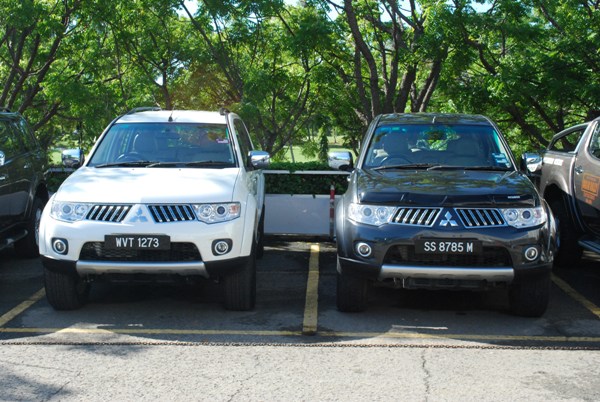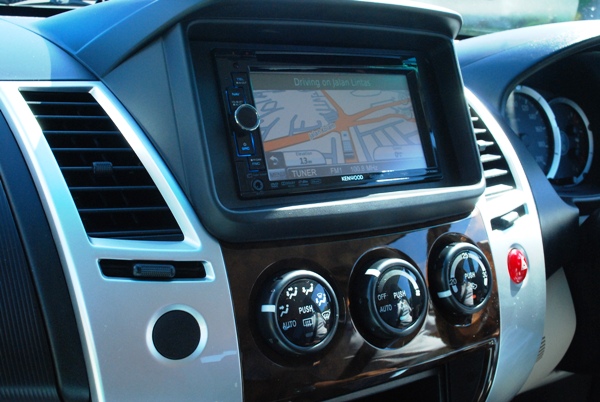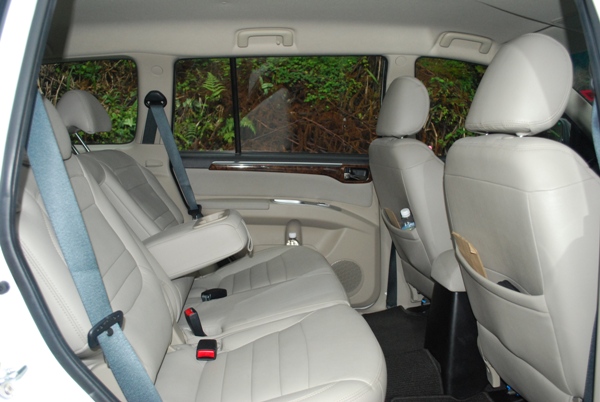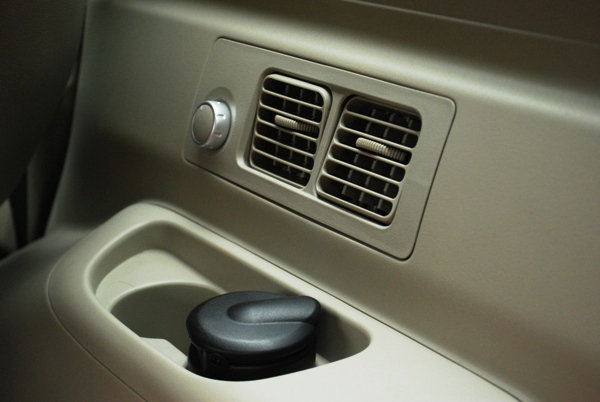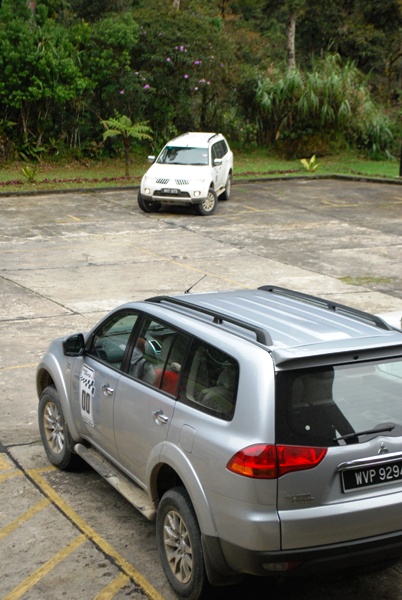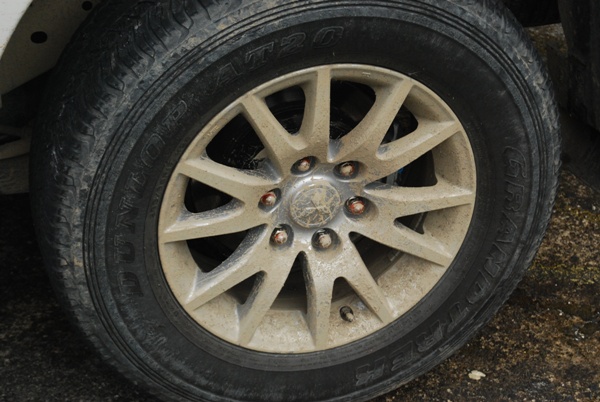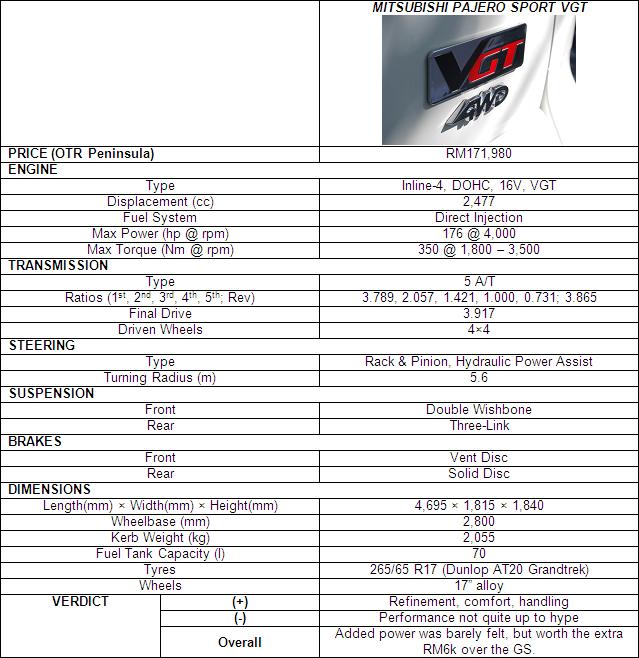Mitsubishi Pajero Sport VGT – Refined tough nut
Since its introduction in June 2009, the Pajero Sport has been a strong seller for Mitsubishi Motors Malaysia (MMM). Some 3,000 units have made their way into Malaysian homes, and MMM has now seen it fit to up the Pajero Sport’s ante with a more powerful VGT version sitting on top of the range.
Looking barely distinguishable from the existing GL and GS variants, which will continue on sale, the Pajero Sport VGT uses a tricked up version of the 2.5-litre turbodiesel engine that power the GL and GS. Difference here is that the new boy sports what is called a Variable Geometry Turbocharger (VGT) that gives the Pajero Sport an added level of performance.
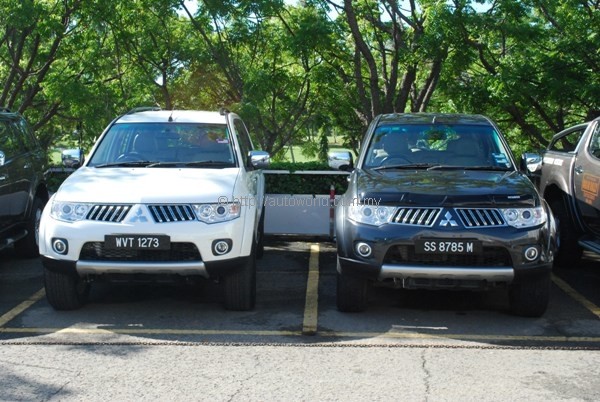 |
| Let’s play spot the difference. Can you tell which is the GS and which is the VGT? |
How much better than the GS 4WD?
MMM continues to sell the Pajero Sport GL and GS at their existing prices, with the VGT coming in at RM171,980 on the road inclusive of insurance. The extra RM6,000 that you will pay for the VGT over the GS model does not get you any extras in terms of equipment. All that money goes to the increased power of the engine, and an additional ratio for its INVECS-II automatic transmission which now boasts five speeds instead of four, and even comes with the Lancer’s magnesium paddle shifters.
From 134hp @ 5,500rpm and 314Nm @ 2,000rpm made by the GL and GS models, the VGT ups the ante here to 176hp @ 4,000rpm and 350Nm @ 1,800 – 3,500rpm. It comfortably shadows all of its rivals in terms of power; peak torque is lower than the Ford Everest 3.0, but the Mitsubishi’s full twist is spread over a wider range of revs compared to the Ford.
Off-roading prowess is supplied by Mitsubishi’s renowned Super Select 4WD system with four selectable modes – 2H, 4H, 4HLc, and 4LLc. Front suspension carries over the Triton’s double wishbone setup, but the rear end ditches the hardy leaf springs in favour of a more sophisticated three-link arrangement.
 |
| 5-speed automatic transmission with INVECS-II control software. |
You are not getting anything extra in terms of equipment, but the good thing is that even in GS guise, the Pajero Sport was already pretty generous with goodies. As a result, kit count includes cruise control, parking sensors, auto climate control, rear blowers, and a touchscreen multimedia unit featuring integrated GPS navigation and reverse camera.
The multimedia unit utilizes hardware from Kenwood with GPS software supplied by Garmin. One peculiar discovery we made during a recent media drive which took us through Sabahan back roads was that the test cars had different map versions. There was one particular road covered in the map of one test car but absent in another. As Garmin maps can be easily updated online, this anomaly is a non-issue, but peculiar nonetheless.
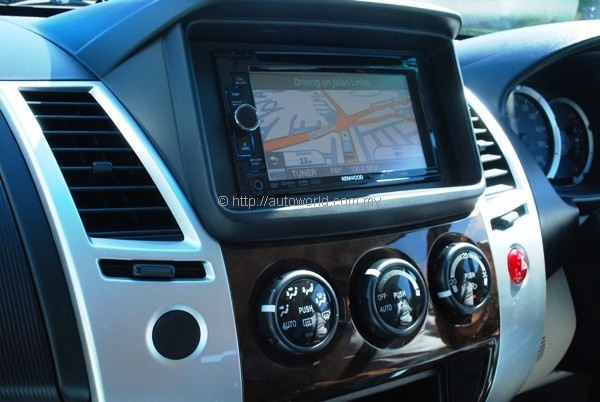 |
| 2-DIN GPS unit supplied by Kenwood uses Garmin maps. |
How does it drive?
Despite what was printed as an impressive hike in power and wide spread of torque, we found the VGT struggling a little to pull us up certain slopes. Although peak torque is supposed to kick in as early as 1,800rpm, turbo lag was surprisingly noticeable on several occasions. So, although the opening premise of this new flagship variant is of added power, it doesn’t feel very powerful.
It does have other praise worthy virtues though. To start with, against its ladder frame-based rivals, the Pajero Sport has always distinguished itself as a highly refined vehicle, and with pretty sturdy handling to boot. Concessions will of course have to be made for its 1,840mm height, but Mitsubishi’s suspension setup allows this lanky SUV to be cornered with surprising fluency, as demonstrated by two-time Dakar Rally champion Hiroshi Masuoka in the video below.
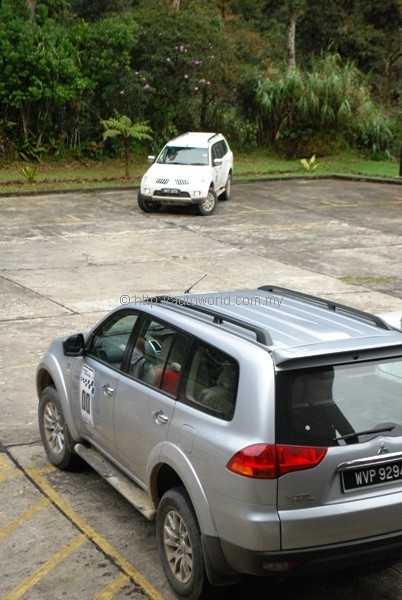 |
| MMM hosted the Malaysian media in KK to test drive the Pajero Sport. |
Because it uses coil springs rather than leaf springs, the Pajero Sport does not have a truck-like ride like how the more brutal Ford Everest does. It does not stack up against alternatives with monocoque chassis in terms of refinement to be sure, but that would not be an exactly fair comparison to make. The Pajero Sport should be viewed as a tough workhorse imbued with a sense of refinement.
Our media event also included stretches of mild off-roading adventure. The Pajero Sport acquitted itself well to the muddy trails that we were taken through, but so did a number of old Toyota Coronas that somehow found their way up there. However, the chassis felt well within its element in tackling the rough terrain and there were no unpleasant squeaks and rattles developing.
 |
| Added outputs improve performance, but the Pajero Sport is still no road-burner. |
Verdict
The Pajero Sport’s refined nature makes it a stand out choice in its category for those who yearn for the comforts of a passenger car but still need the toughness of a ladder frame chassis. So, that’s the case for the Pajero Sport range in general, but how do you justify the premium of the VGT variant?
It does not feel significantly faster compared to what I remember of the GS model, but two factors convincingly sway the argument in favour of the flagship model. First is that the RM6,000 premium that gets you the VGT over the GS is a pretty small sum. Secondly, the fifth ratio in the VGT’s transmission helps to significantly lower fuel consumption and improve overal refinement of the vehicle. A price worth paying.
***BONUS***
Video of Mitsubishi Pajero Sport driving demo by Hiroshi Masuoka – recorded by YS Khong
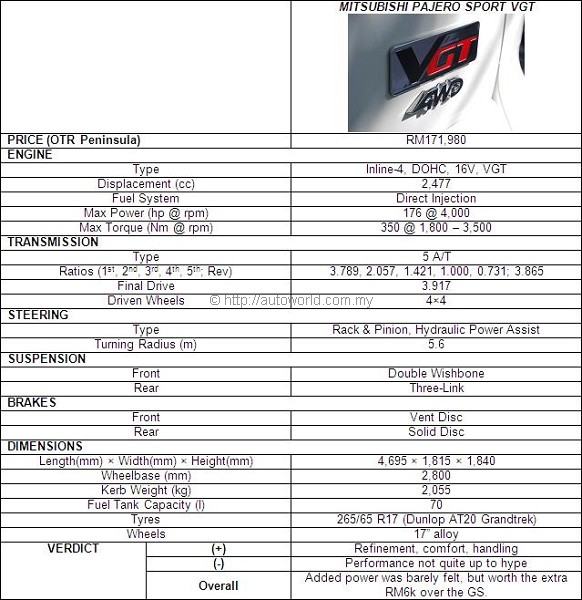 |





